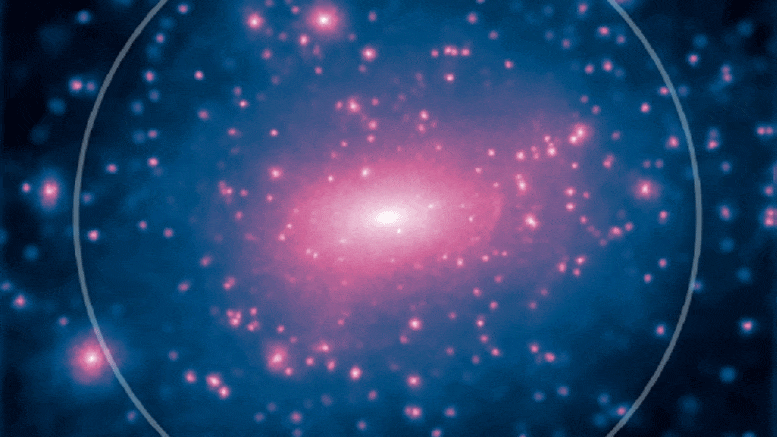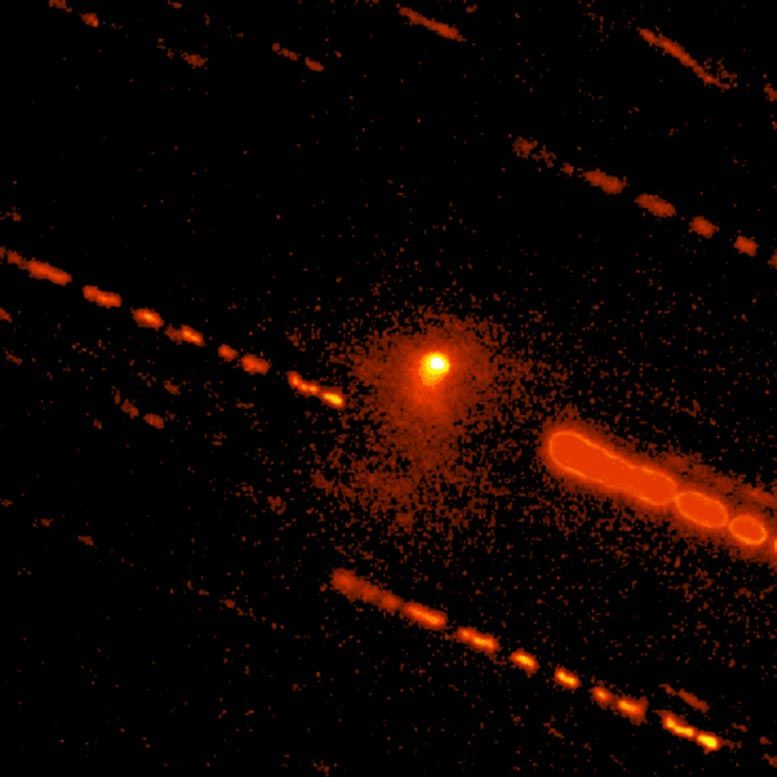Ryu kidding?
Earlier this week it emerged that third-party giant Capcom’s internal systems had been hacked, though the company claimed that no customer data was affected. It has now emerged that the publisher was targeted by the Ragnar Locker ransomware, software designed to exfiltrate information from internal networks before encrypting the lot: at which point the victim is locked-out, contacted, and extorted.
Bleeping Computer broke the story, and managed to access the Ragnar Locker sample (a ‘proof’ provided to the victim by the hackers), which contains the ransom note allegedly delivered to Capcom. It reads as follows.









